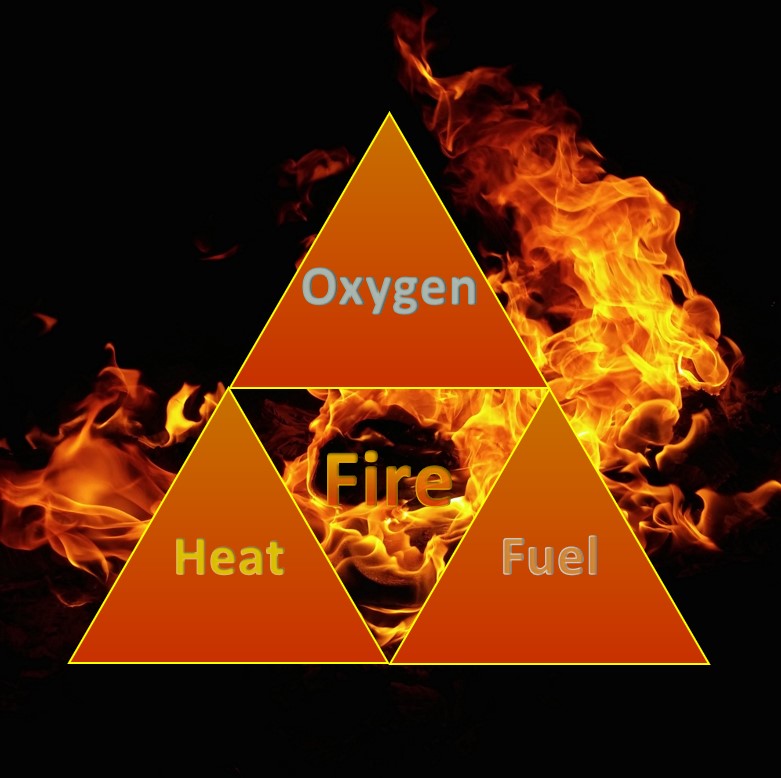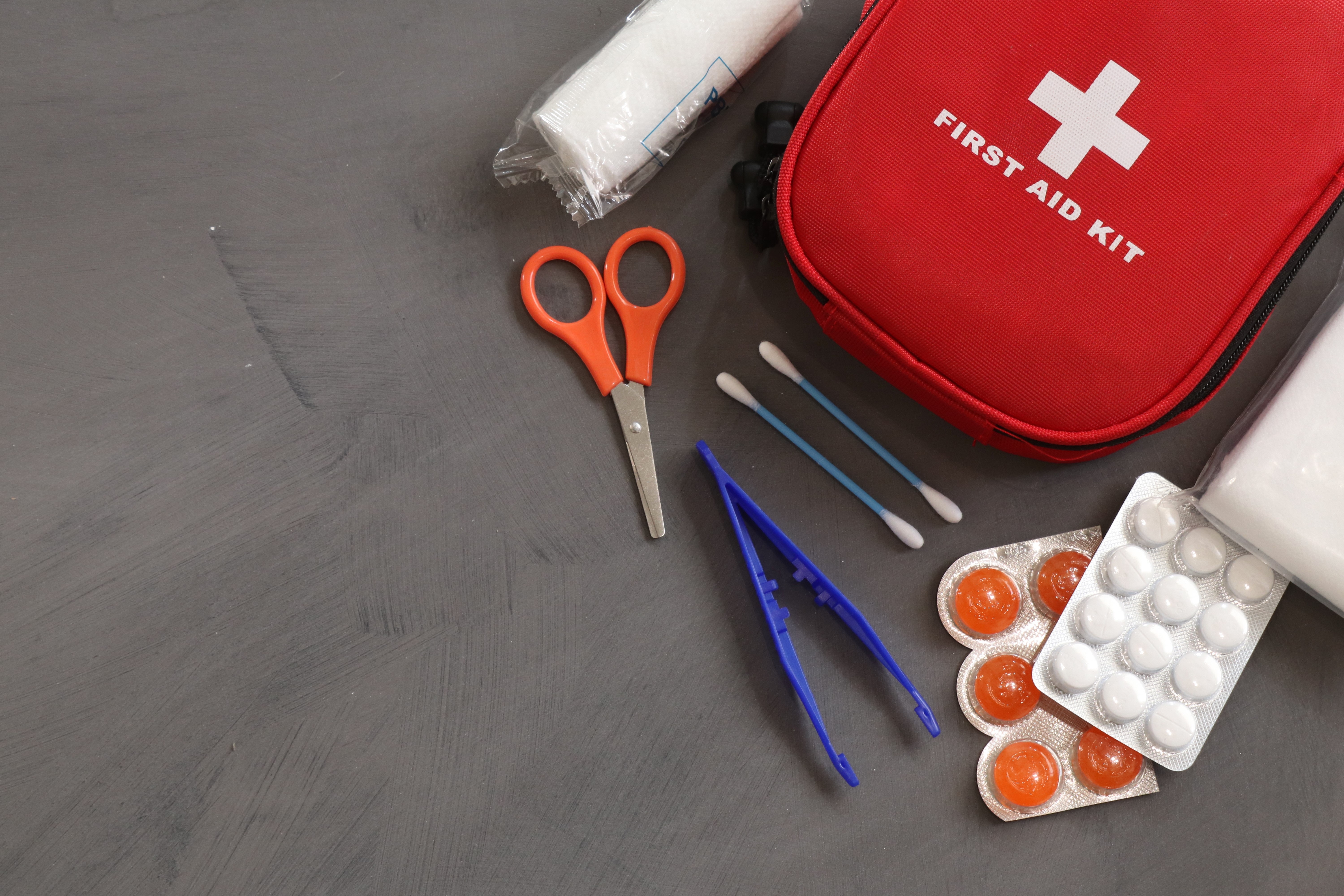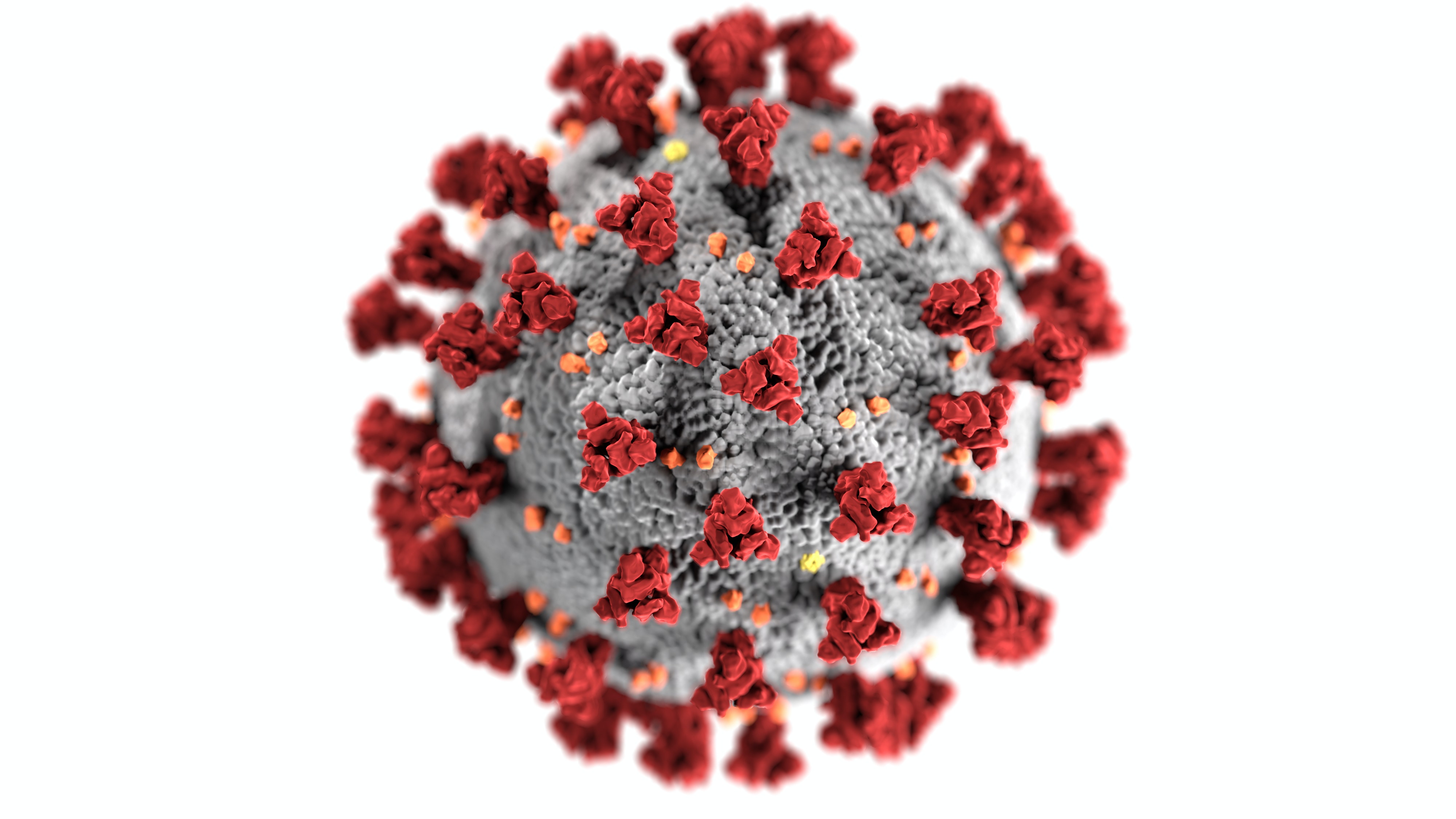The Importance of Health & Safety in the Workplace
So why is Health & Safety so important?
Did you know, Health & Safety failures cost Great Britain up to 18 billion pounds (GBP) each year? And did you also know that around 25 million working days are lost every year because of work-related accidents and ill-health? These statistics are only a glimpse into the seriousness of why Health & Safety (H&S) is so important. By learning about the risks and how to avoid them, you are helping to prevent any accidents that may occur, which will not only help yourself, but those you work with.
What is a Toolbox Talk? And why is it relevant?
A Toolbox Talk is designed to deliver basic Health & Safety information to individuals, guiding them on the many ways to stay safe and healthy in the workplace. At SOWGA, these talks have been carried out in meeting rooms with all relevant team members at monthly intervals, but as of recent circumstances, they have become electronic documents that each employee can read in their own time. However, mandatory courses are given to everyone, every beginning of the year, for individuals to learn and practice their newfound knowledge.
The topics of our Toolbox Talks are varied, targeted at helping our staff gain a greater understanding to either excel in their day to day working lives or to keep themselves and others safe.
Some of the most important toolbox talks that we always refer back to (with amendments every time as our knowledge of the topic grows) concern health & safety, with some examples of the information we communicate to our staff seen below.
Fire Safety
Fire can destroy in minutes! It claims many lives and damages property every year. With fires, comes three different types of hazards which are fatal for people, these are:
- Heat
- Oxygen Depletion
- Smoke
The fire triangle (seen here) shows the three components needed to start a fire, these being a source of ignition (heat), a source of fuel (something that burns) and oxygen.
When it comes to fuel, this can be anything from cardboard boxes to paper, which are all found in the typical office environment. Heat/Ignition can come in many forms, like heaters, lighting, cigarettes or matches. Oxygen is the last component, which is found in the air around us, with it consisting of only 21%. To stop a fire, one of these components must be removed.
Ways of which an employer can ensure the safety standards are met, are by:
- Carrying out fire-risk assessments.
- Consider who is most at risk.
- Reduce the risk of a fire.
- Provide general fire precautions to deal with any possible risk.
- Take other measures to ensure all flammable or explosive materials are safely stored and used.
- Make sure an Emergency/Evacuation plan is in place.
- Review the fire-risk assessment at planned intervals or when something changes.
- Ensure all fire safety systems on site are operating correctly.

In case a fire does break out, make sure to raise the alarm by shouting "FIRE" or hit the nearest break glass call-point, only attempt to fight the fire if it is safe to do so as well as only use extinguishers if you have the necessary training for it. When the fire is discovered or there is indication of it, everyone must remain calm and alert, head out of the nearest available fire exit, to then reach the assembly point. In these circumstances, you must not use lifts, you must keep fire doors closed, do not attempt to collect personal belongings and most importantly, do not re-enter the building until given the green light to do so.
In our role as an M&E maintenance provider, we routinely maintain fire alarms, fire extinguishers, fire dampers and fire doors alongside a wide range of other fire and security assets that are found on site. We also test the operation of the fire alarm systems we look after weekly, alternating call points every time, to mitigate any risk to life in the event of a fire.
First Aid
A robust first aid program should be in place on any site or workplace, to save lives and minimise disablement following an accident. There can be numerous ways in which anyone can hurt themselves at work, the most common way is by falling from a height, which is also linked to the most deaths at work. Though this only affects those who work in such an environment that requires heights, there are many other similar ways that can cause accidents.
For example, if an office environment has a lot of cables or objects laying around, then this would cause someone to trip over them, causing a fall. Ways of preventing such an accident would be to highlight the objects being there, move them so they are out the way of people walking, etc.
According to The Health and Safety (First Aid) Regulations 1981, employers must make sure there are adequate and appropriate first aid equipment, facilities, and number of qualified first aiders in the workplace.
If a company has 5-50 employees, it is strongly recommended that there should be at least one person trained in first aid. With another first-aider in place for another 50 workers.
At SOWGA, we have a number of qualified first aiders, with our engineers being fully kitted out with PPE and first aid kits in their vans for mobile engineers and on site for our engineers who are static in buildings that require residential maintenance.
Things you should take into consideration before first aid is required are:
- Ensure you know where the first-aid kit is kept.
- Be aware of who the first aiders and/or appointed health and safety people are.
- If working away from the main place of work, make sure to have a small first aid kit with you.
- Always have access to a phone or other form of communication to be able to call for help.
- Make sure to report of any item used from a first aid kit, so it can be replenished.
If an accident does happen, these following actions should be taken:
- Remove or prevent the hazard from escalating if safe to do so.
- Call for help, e.g. first aider.
- If required, someone should ring an ambulance.
- Do not move the casualty unless they are in immediate danger.
- Remain with the injured person and give reassurance and emotional support.
- Make sure the casualty is as comfortable as possible, e.g. provide them with a blanket.
- Do not give drinks, food or cigarettes to the injured person.

COVID-19 Safety
With COVID-19 not going anywhere and it being part of lives for just over 18 months now, it is important to remind ourselves of the ways in which we can protect ourselves and those around us.
As we all know, this virus has impacted so many people's personal, family and work lives, with it causing many hospitalisations across the country and worldwide. With symptoms like the flu, this virus leaves people with runny noses, aching, coughing, unable to taste or smell and many more other symptoms.
Employers, as well as individuals, must both do their part in preventing the spread of COVID-19 by abiding by control measures set out by medical professionals that are known to stop the spread of this virus. These measures are as follows:
- Washing your hands with warm water and soap for 20 seconds.
- Covering your face when around crowds of people or if you feel unsafe.
- Making space away from other people as to prevent transmission.
- Ventilating public enclosed spaces.
- Ventilating vehicles with fresh air.
- Limit travel on public transport where possible.

SOWGA, like every other business around the world, has had its operations dramatically affected by COVID the past 18 months. We have had to embrace technology to communicate with each other and keep our staff connected with our administrators remotely working for large periods and only now returning in a hybrid capacity to ensure they are all safe. Our engineers have been operating throughout, staying compliant with all safety measures around masks, hygiene and distance to keep themselves and our clients safe during their working days.
We are very proud of our staff and the way they have operated during this troubling time, showing how dedicated all of our teams are to the health & safety of themselves and others.